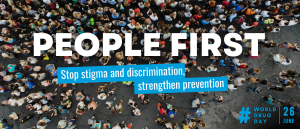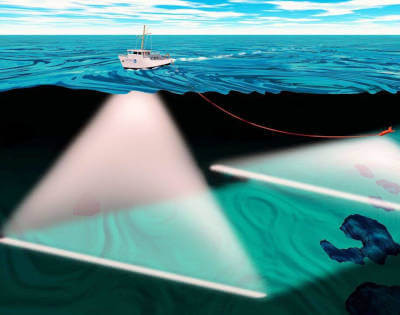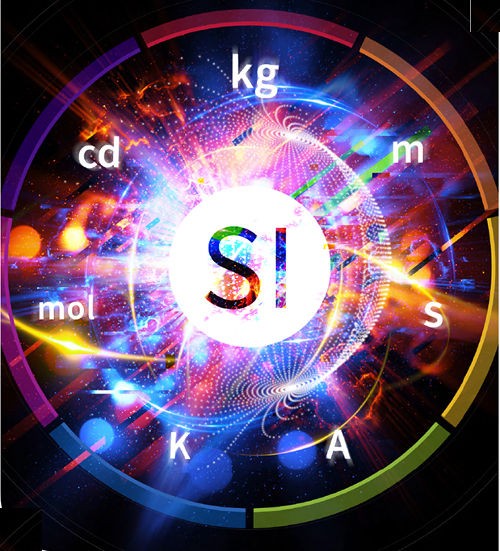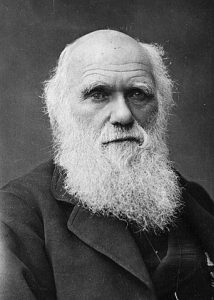 World Lab Animal Day is another name for World Day For Animals In Laboratories, observed every year on April 24 globally. The purpose of this day is to draw attention to the suffering and killing of animals that take place in laboratories all around the world.
World Lab Animal Day is another name for World Day For Animals In Laboratories, observed every year on April 24 globally. The purpose of this day is to draw attention to the suffering and killing of animals that take place in laboratories all around the world.Source: Text: Google Image: AffairsCloud.com
For nearly a century, drug and chemical safety assessments have been based on laboratory testing involving rodents, rabbits, dogs, and other animals. Aside from the ethical issues they pose—inflicting both physical pain as well as psychological distress and suffering on large numbers of sentient creatures—animal tests are time- and resource-intensive, restrictive in the number of substances that can be tested, provide little understanding of how chemicals behave in the body, and in many cases do not correctly predict real-world human reactions. Similarly, health scientists are increasingly questioning the relevance of research aimed at “modelling” human diseases in the laboratory by artificially creating symptoms in other animal species.
It is estimated that more than 115 million animals worldwide are used in laboratory experiments every year. But because only a small proportion of countries collect and publish data concerning animal use for testing and research, the precise number is unknown.
Within the European Union, more than 12 million animals are used each year, with France, Germany and the United Kingdom being the top three animal using countries.
What’s the alternative?
If lack of human relevance is the fatal flaw of “animal models,” then a switch to human-relevant research tools is the logical solution. The National Research Council in the United States has expressed its vision of “a not-so-distant future in which virtually all routine toxicity testing would be conducted in human cells or cell lines”, and science leaders around the world have echoed this view.




 The International Day of Light is a global initiative that provides a platform for the continued appreciation of light and the role it plays in science, culture and art, education and sustainable development, and in fields as diverse as medicine, communications and energy. The broad theme of light will allow many different sectors of society worldwide to participate in activities that demonstrates how science, technology, art and culture can help achieve the goals of UNESCO – education, equality and peace.
The International Day of Light is a global initiative that provides a platform for the continued appreciation of light and the role it plays in science, culture and art, education and sustainable development, and in fields as diverse as medicine, communications and energy. The broad theme of light will allow many different sectors of society worldwide to participate in activities that demonstrates how science, technology, art and culture can help achieve the goals of UNESCO – education, equality and peace. Chaques année, le 17 avril, l’Association Française des Hémophiles (AFH) célèbre la Journée Mondiale de l’Hémophilie, avec pour objectifs de sensibiliser un large public aux réalités d’une maladie peu connue et de mobiliser le plus grand nombre en faveur de l’intégration des patients.
Chaques année, le 17 avril, l’Association Française des Hémophiles (AFH) célèbre la Journée Mondiale de l’Hémophilie, avec pour objectifs de sensibiliser un large public aux réalités d’une maladie peu connue et de mobiliser le plus grand nombre en faveur de l’intégration des patients.

 Background
Background